By Jim Kulackoski
I have had a life-long fascination with various modes of thought and numerous philosophies. Even as a child, I pondered the nature of reality. Who or what am I? What is “existence,” and where does it occur? I felt perplexed by the idea of an infinity vast and expansive universe—a context so much larger than my lone self but one in which I seemed to play an important part—if for no other reason than the fact that “I” was experiencing it. These questions led me to examine the concepts of time and space, infinity and eternity, ideas so enormous, I could barely wrap my mind around them. My curiosity ultimately led me to yoga.
My first recollection of yoga was from a 1970s film. I don’t recall the name of the film, but in it, a bald man in a colorful robe sat, legs crossed, in the corner of a room. His hands were poised in a distinctive manner and his were eyes closed as he made a series of unusual noises. Although I had no idea what the man in the movie was doing, I was fascinated. Why would anyone do something so peculiar unless it was important? Growing up in rural North Dakota, I didn’t think much more about yoga beyond this somewhat comical clip. It wasn’t until my late teens that I suddenly felt an urge to actually learn about yoga.
My pursuit led me to the public library where I checked out every book I could find on the subject of yoga. What I mostly found were numbers of books filled with dated images
of women in leotards demonstrating various physical postures and a lot of philosophy,
most of which I found to be incomprehensible. However, as I began teaching myself these postures, the philosophy became easier to understand. None of it, however, resembled my first impression of yoga from that childhood memory of the bald yogi in the movie.
Years later I was initiated into a meditation technique in which I received a mantra, a specific Sanskrit word chosen for its sound value rather than its meaning, or so I was told. The mantra was to be used as a direction of attention in a particular practice of meditation called dhyana.
Learning of this technique brought me closer to that first impression of yoga. It was also this technique that led me to a deeper understanding of yoga as a science, one which allows an individual to comprehend who and what they are in relationship to the universe they inhabit.
The Sanskrit word mantra is commonly used in contemporary culture and is generally translated as “sound.” In Tantric cosmology, as well as a number of contemporary quantum theories, the material universe is composed of sound at its most basic or fundamental level. In Tantra, it is the sound wave or shabdha that creates the potential for time and space. The peaks and valleys of the wave define space itself, and the alternation between the peaks and valleys gives the experience of time.
The Sanskrit language is considered cosmic because the specific sounds that construct the words are said to closely mimic the sounds of the actual concept they are conveying.
The word mantra is constructed from the Sanskrit roots man, meaning “mind” and
tra, meaning “vehicle” or “means” by which something is accomplished. A mantra, therefore, could be said to be a vehicle of the mind.
According to Samkhya, a philosophy from which yoga draws its methodologies, the
mind is the mechanism that allows for the occurrence and observation of thought. Everything that one experiences, comprehends or does ultimately has its basis in thought.
The purpose of the mind is that it allows for sentience, the ability to consciously generate, realize and organize specific thoughts, resulting in the creation of the individual universe one inhabits.
Thoughts, like everything else, are composed of sound. The vibrations that constitute thoughts, however, are so subtle that they are only comprehended within the mechanism of the mind, rather than with the gross sense of hearing. Although thoughts may be appreciated as language on the conscious level, subconsciously they exist as concise impulses that contain whole and complete ideas.
Mantra and thought are ultimately the same, both referring to the subtlest level of creation, the vibratory impulse that calls forth names and forms into existence. Language exists as a means to arrange, codify and communicate individual thoughts, allowing for greater complexity and variation within the process of creation, resulting in the potential for an infinitely diverse universe. It is through language alone that we as humans have the means to conceptualize and create — from music and art, to skyscrapers and computers. It could be said that a purpose of being human is to responsibly use our abilities to think and to produce mantras in order that the Universe may evolve.
The Sanskrit language is based upon an ancient Vedic language consisting of single syllable sounds called bija mantras. Bija means “seed.” A bija mantra is a seed sound or complete idea distilled into a single syllable or several simple syllables. In other words, a bija mantra expresses—and contains within it—an entire paradigm in seed form. Each bija conveys a particular possibility, an impulse of intelligence from which creation arises.
One well known bija has a meaning so broad it encompasses the entire range of what is probable and possible. This mantra is “Aum,” or “Om.” “Om” carries within it the entire spectrum of possibilities available in the entire universe.
The meditation technique I learned, and that I found to be so profound, used such a mantra. The practice of this technique allowed me to transcend the level of my conscious mind in which I only perceived the mantra as a meaningless sound, in favor of comprehending its complex meaning on a level beyond what I normally recognize as conscious.
In doing so, I glimpsed the aim of yoga, an experience resulting from awareness of the most subtle state of my own consciousness. In this state, my awareness became so expanded, it transcended the limitations of my own identity, as well as my own personal limitations of perception as an individual and as a human. I realized this to be the fundamental state inherent in everyone and in everything.
As I continue my study and research into yoga, the Vedas and Tantras, as well as my own consciousness, I continue to be fascinated as I explore the entire range of possibilities the science of yoga affords. Thinking back on the image of the yogi in that film, I am grateful that “seed” was planted in my awareness.
The following are some powerful, yet commonly used bija mantras. Chanting or using them in meditation can enliven the meaning of the mantra in the practitioner.
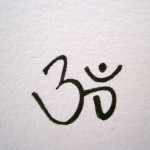 Aum (pronounced OM)
Aum (pronounced OM)The sum total of all possibilities and all probabilities. The seed of all sounds and all of creation. All other bija mantras reflect a particular possibility in relation to this AUM, and all other mantras originate from AUM. Therefore, it is recited before reciting other mantras.
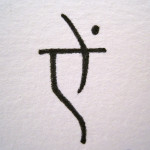 Aim (pronounced AIYEEM)
Aim (pronounced AIYEEM)
The idea of creative intelligence, the organizational and creative power of nature. AIM Is personified as Sarasvati, the goddess of music, academics, language and intelligence.
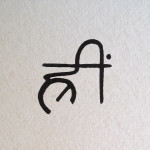
Hrim (pronounced HREEM)
The primordial energy behind all things. HRIM is personified as the goddess Kali, the destroyer of illusion, allowing people to experience their true nature.
 Shrim (pronounced SHREEM)
Shrim (pronounced SHREEM)
The idea of Soma, the possibility of coherence that allows for the material universe to exist. This mantra is personified as Lakshmi, the goddess of love, devotion, beauty and abundance.
 Gam (pronounced GUM)
Gam (pronounced GUM)
The creation of space in which something can occur. This mantra is personified as Ganesha, the remover of obstacles that creates the proper space for an intention to be realized. This mantra can be chanted before embarking
on any endeavor to create the proper space for its fulfillment.

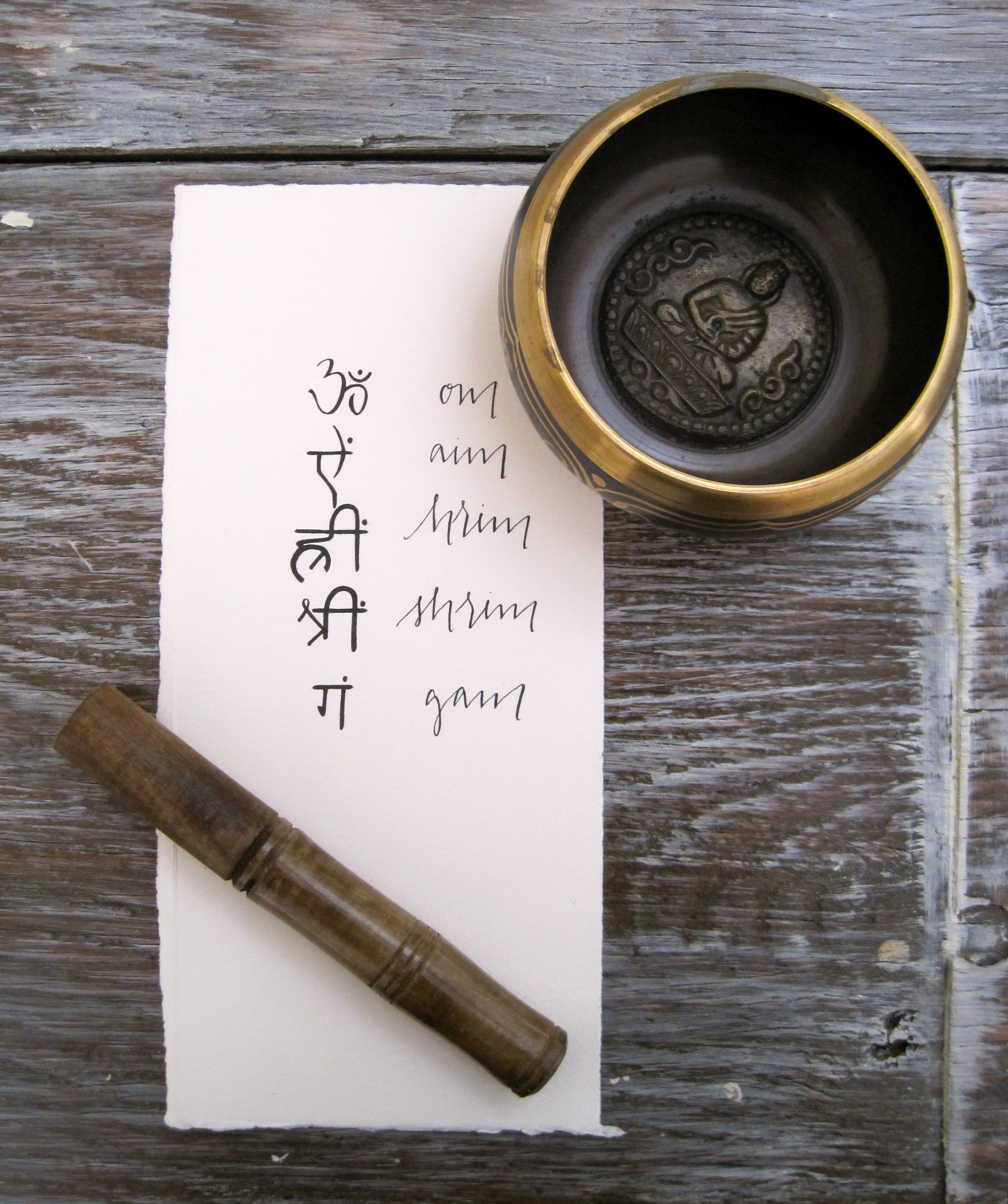




















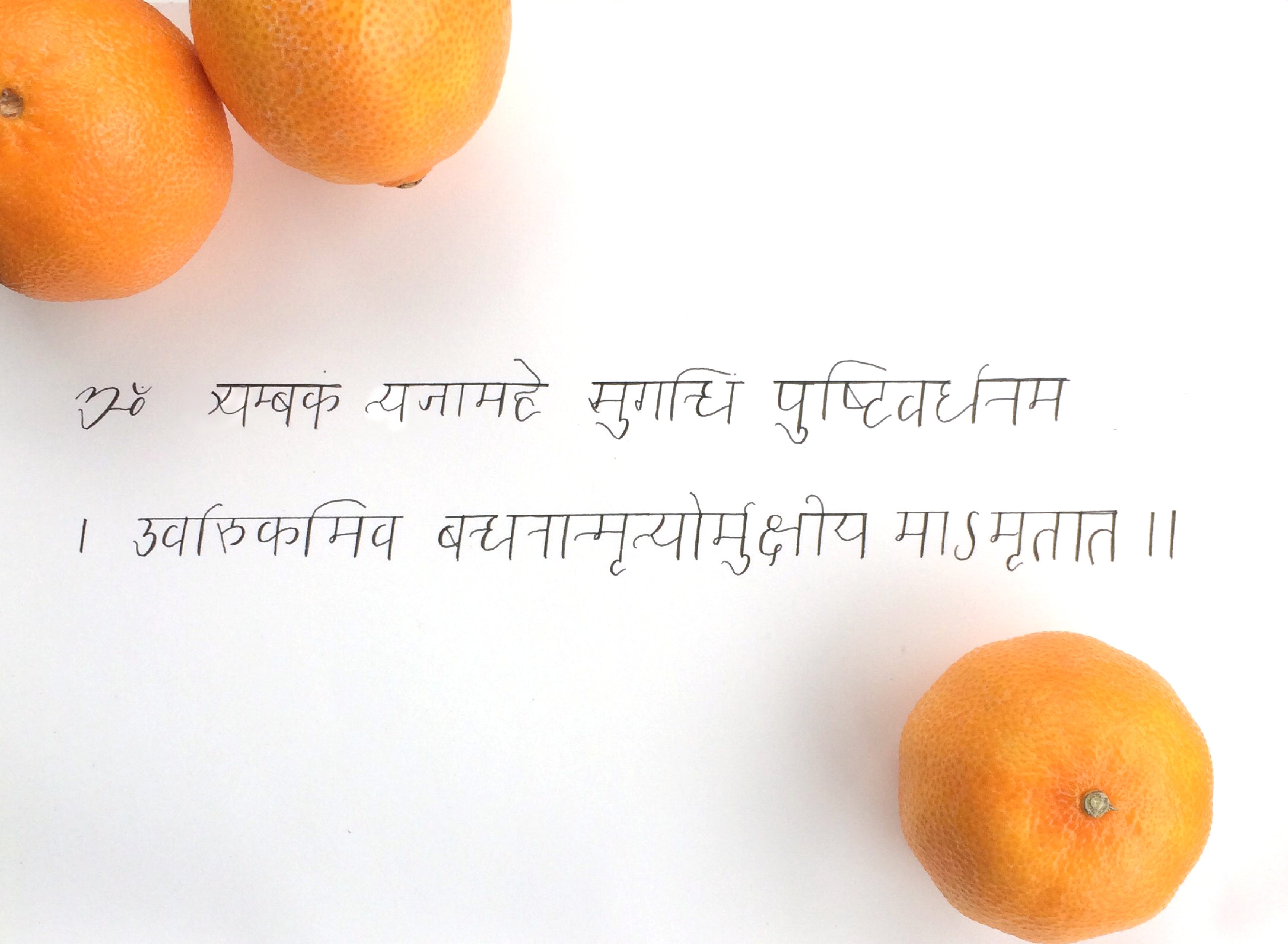


No Responses to “Bija Mantra: The Seed of Creation”